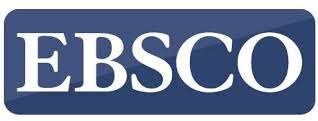Strategic Planning and Performance: A Quantitative Study
Keywords:
Employee Engagement, Role Flexibility, Employee Planning, Automotive Industry, Human Resources ManagementAbstract
Objective: Employee engagement is a pivotal factor in organizational success, influencing productivity and retention. This study aims to evaluate how role flexibility and employee planning affect employee engagement at Tata Motors, exploring these relationships within the context of an evolving automotive industry.
Methodology: A cross-sectional survey was conducted among 350 employees of Tata Motors, using the Utrecht Work Engagement Scale, Role Flexibility Scale, and Employees' Planning Scale. Data were analyzed through Pearson correlation to assess relationships between variables and linear regression to determine their predictive power on employee engagement.
Findings: Descriptive statistics revealed moderate to high levels of engagement (M=4.56, SD=0.98), role flexibility (M=3.89, SD=0.75), and planning (M=4.20, SD=0.88). Pearson correlation coefficients indicated significant positive relationships between employee engagement and role flexibility (r=0.62, p<0.001), and employee engagement and employees' planning (r=0.57, p<0.001). The regression model was significant (F(2, 347)=149.58, p<0.001), explaining 46% of the variance in employee engagement (R²=0.46, R² adj=0.45).
Conclusion: The findings confirm that both role flexibility and employees' planning significantly predict employee engagement at Tata Motors. These results underscore the importance of adaptive work roles and effective planning in enhancing engagement, suggesting that targeted HR interventions focusing on these areas could be beneficial in boosting employee engagement levels.
Downloads
Downloads
Additional Files
Published
Submitted
Revised
Accepted
Issue
Section
License
Copyright (c) 2023 Mehrdad Nazari (Author); Kavitha Desai (Corresponding Author)

This work is licensed under a Creative Commons Attribution-NonCommercial 4.0 International License.
















